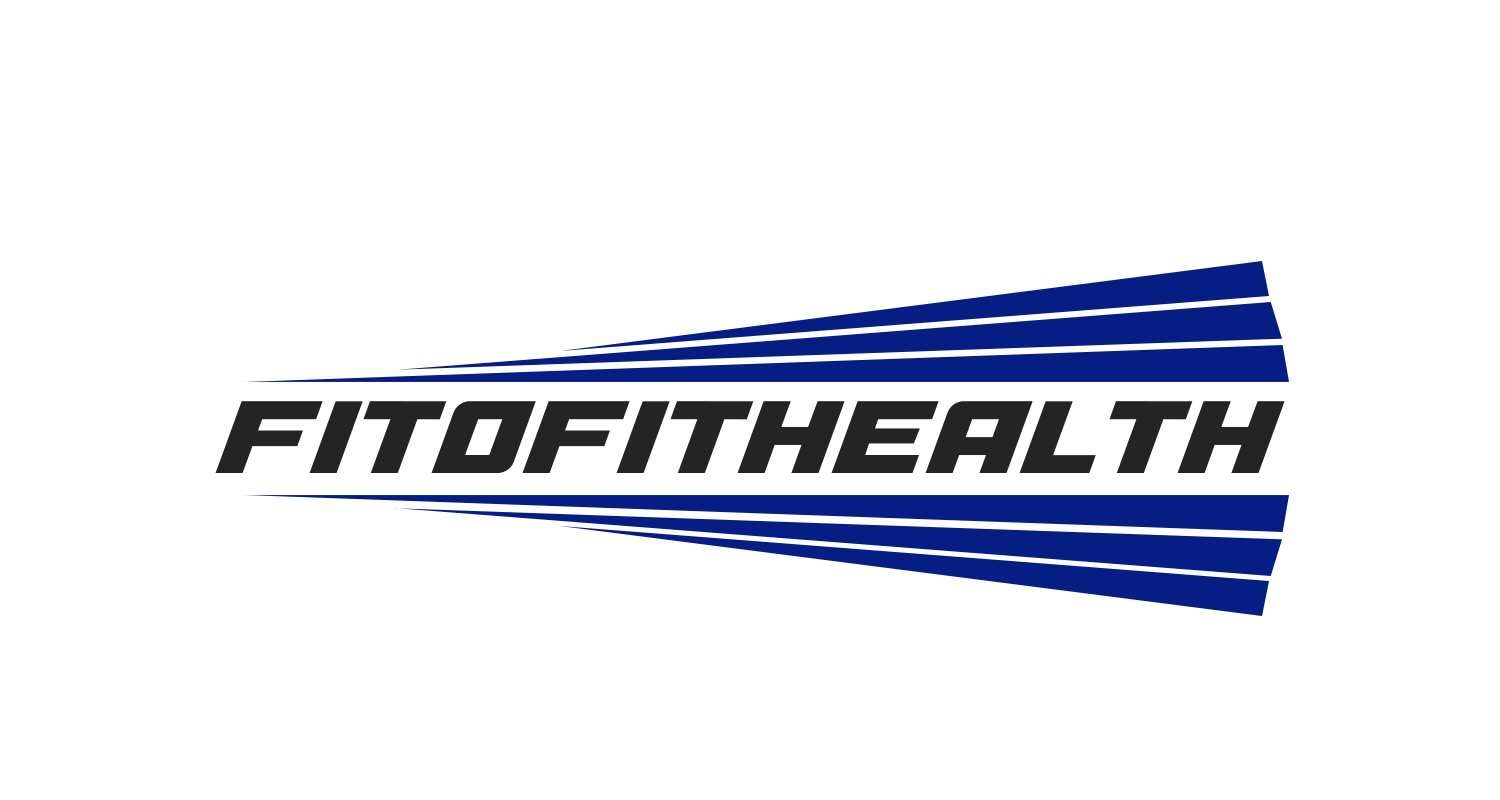Today’s healthcare sector is witnessing an increasing value in education, and patient engagement facilitated through medical videos online. This innovative tool is pushing patient services beyond the conventional treatments and procedures, enticing more meaningful discussions, and empowering patients for informed decision-making.
Underlying Power of Medical Video Education
Online medical videos are an impressive tool that boost patient engagement by supplementing in-person consultations and detailed written information. This audio-visual learning method is excellent in explaining complex health conditions, procedures, disease management, and prevention strategies in an easily comprehensible manner. Plus, they are easily accessible and easily repeated, optimal for reinforcing clear patient understanding.
Benefits Enhancing Patient Care
Improved Understanding
Through visualization, online videos revolutionize the way medical information is disseminated. It becomes easier for the patient to grasp intricate concepts when complemented with visual aids.
Flexibility and Convenience
Patients can review these medical videos at their leisure from wherever they are. This convenience enhances their learning process as they can revisit the information as and when needed.
Personalized Healthcare Education and Engagement
Online medical videos can also be tailored to meet individual patient needs. Specialists can curate content keeping in view the unique learning types, linguistics, and cultural backgrounds of the patient.
Realizing the Potential of Medical Video Production
As the healthcare sector continues to evolve, hospitals and medical practices should realize the potential of leveraging medical video production to optimize patient education and engagement. This tool can vastly transform patient services, boosting understanding and decision-making prowess.
Videos offer a dynamic shift in healthcare education, allowing a wider reach than traditional health education approaches. The nurtured trust and comprehension can lead to better decision-making and improve treatment adherence.
Concluding Thoughts
In today’s digitally-driven world, every patient deserves an enriched healthcare journey that is empowered, engaged, and educated. Incorporating online medical videos in health education strategies ensures just that. These can significantly enhance comprehension and adherence to treatment plans, providing a more personalized experience for each patient.
The potential of educational videos is immense, and embracing them in the healthcare sector can be a massive step towards better patient care and overall improved health outcomes.
Through this innovative blend of education and technology, healthcare has a powerful tool to foster patient engagement and understanding. It’s time we harness this potential and make healthcare a collaborative and interactive journey for every patient.
FAQs:
Q: Why are online medical videos important in health education?
A: Incorporating online medical videos in health education strategies can enhance comprehension and adherence to treatment plans, providing a more personalized experience for each patient. This ultimately leads to better patient care and improved health outcomes.
Q: How do educational videos benefit patients?
A: Educational videos allow for a more interactive and engaging learning experience for patients. They can also help improve understanding of complex medical information, leading to better adherence to treatment plans and overall improved health outcomes.
Q: How can healthcare professionals use educational videos effectively?
A: Healthcare professionals can use educational videos as a tool to foster patient engagement and understanding. These videos can be incorporated into health education strategies or shared directly with patients through telemedicine appointments. Additionally, healthcare professionals can use patient feedback and data analytics to continually improve the content and delivery of their educational videos. This can help tailor the information to specific patient needs and preferences, making it more effective in promoting health literacy and self-care management.


